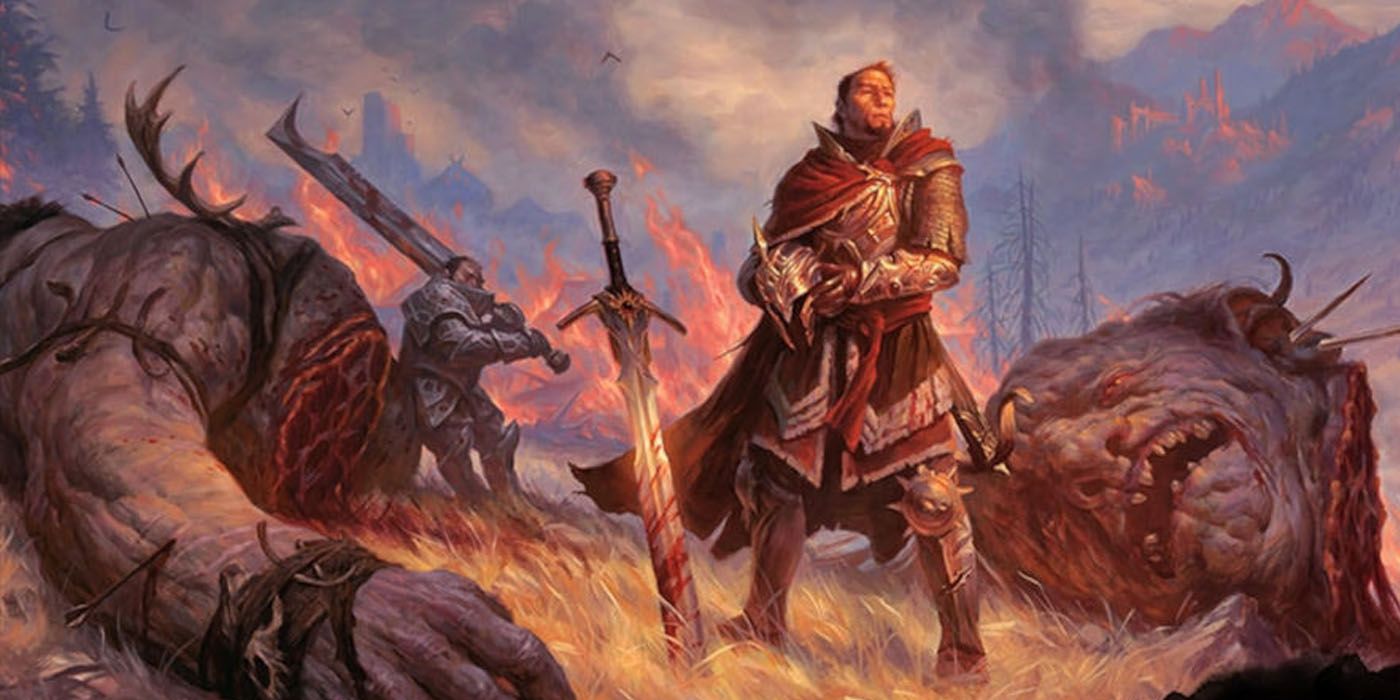Quick Links
The many terms in Dungeons & Dragons Fifth Edition combat can confuse some players, particularly new ones. A player's turn is broken into actions, bonus actions, movement, item interactions, and reaction, otherwise known as action economy. Many of these are well-defined and used every turn, but the bonus action can stump many D&D 5e players, especially if they've only recently gained the ability to take a bonus action through a new spell or feature.
Having the opportunity to take a bonus action can help significantly speed up combat, especially if they offer opportunities to bring a downed companion back from unconsciousness, deal even more damage or escape an overwhelming situation intact. When a D&D 5e fight moves quickly, the players usually have a better time. Knowing the essentials concerning how bonus actions work and how to gain access to more options will prove invaluable information for every D&D player.
Updated January 26, 2024, by Jennifer Melzer: Sometimes a bonus action can be the very thing that saves the party from certain doom in combat. From instantly transporting to an open space out of harm's way to taking an extra attack, understanding how to utilize bonus actions begins with knowing exactly what they are and how they work. This guide has been updated to include even more information on D&D's bonus actions, as well as to incorporate features that align with CBR's most recent standard in formatting.
What Are Bonus Actions Used For?
Common Bonus Actions
|
Source |
Bonus Action Ability |
|
Spell |
Healing Word |
|
Feat |
Offhand Attack |
|
Class Feature |
Dash, Disengage, Hide |
|
Feat |
Shove |
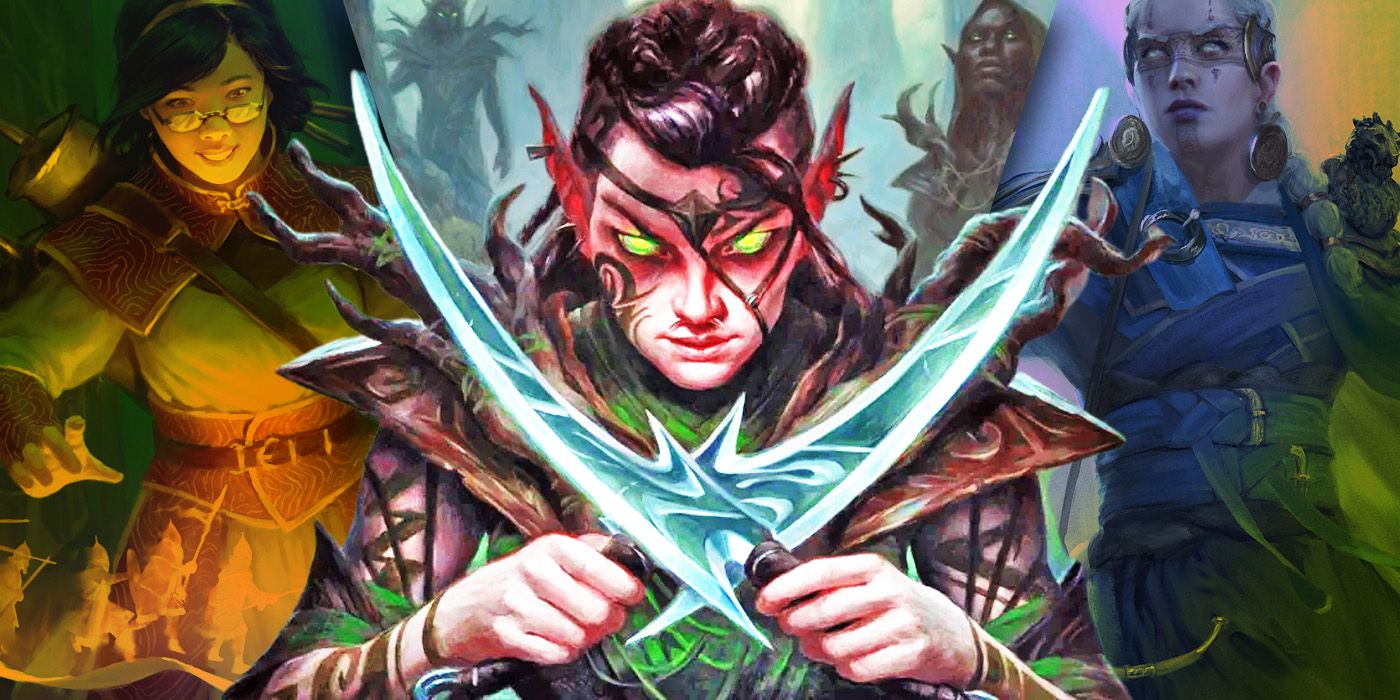
Top 25 Feats In D&D 5e, Ranked
The right feats can make all the difference throughout a campaign, and Dungeons & Dragons 5th Edition has no shortage of fantastic options.Each round of combat allows players to use one bonus action on their turn. Unfortunately, bonus actions aren't something everyone has instant access too because D&D 5e lacks any universal bonus actions. Any character can use actions like Attack, Dodge, Use an Item, Cast a Spell, and more, but bonus actions often rely on a character's abilities.
Racial abilities, class features, spellcasting, feats and magic items can all give characters a way to better utilize their bonus action. However, it's by no means guaranteed. Some classes, such as the D&D 5e rogue with its Cunning Action, can use their bonus action almost every turn. Others, such as the paladin, have very few abilities that require it outside acquired feats.
Go-To Bonus Actions For D&D 5e Characters
If planning to hold your action for a specific opportunity, be sure to utilize your bonus action before announcing a held action plan to the DM and other players. Once your turn ends, even if you're holding an action, you won't be able to use that wasted bonus action.
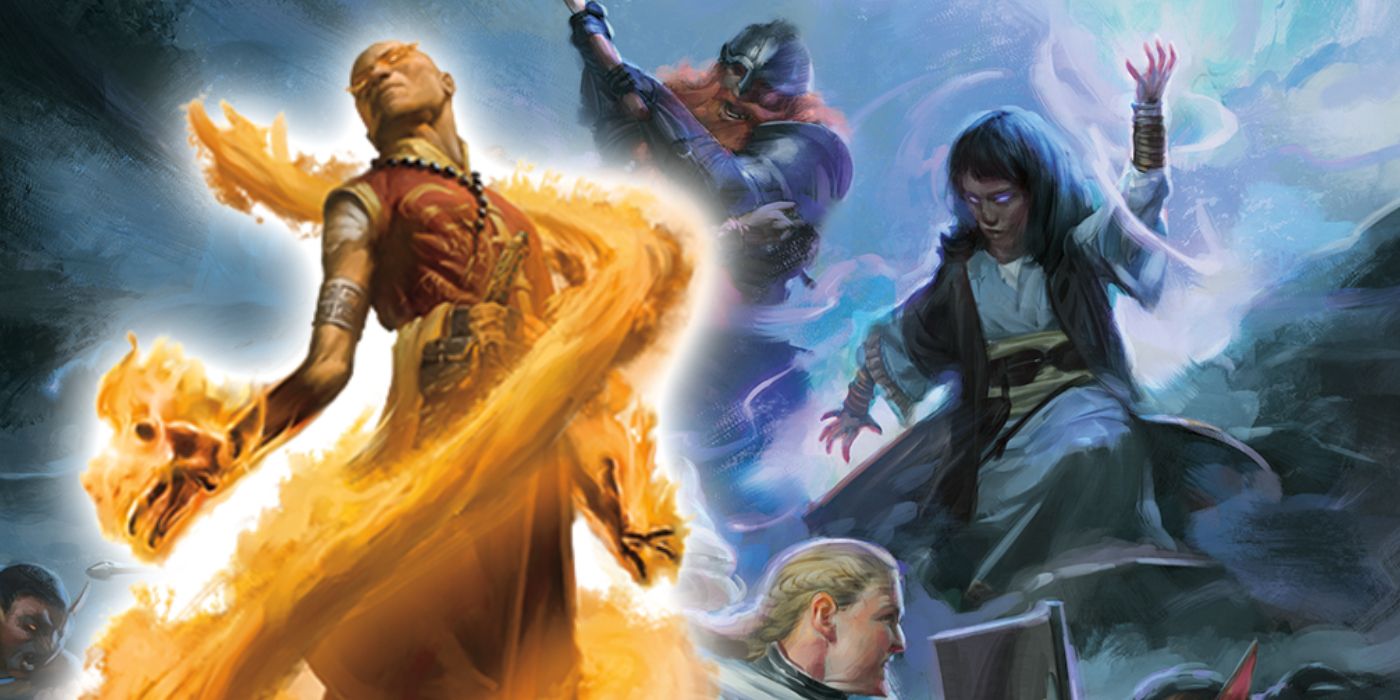
9 Must-Have D&D Spells For Level 1 Sorcerers (& 9 To Avoid)
Even at low levels, Dungeons & Dragons sorcerers have access to a variety of useful magics, from high damage-dealers to critical support spells.Different builds have various uses for their bonus actions in D&D 5e, and some of them may require seeking opportunities to enhance their build in order to utilize their bonus action effectively. Nonetheless, there are some typical uses that many builds will default to if they want their turns to be as effective as possible.
Martials like the barbarian, paladin, and fighter in D&D 5e should aim to make more attacks with their bonus action. Two-weapon fighting is the most basic way to achieve this, but not the only one. Many of D&D 5e's best feats, like Great Weapon Master, Polearm Master, and Crossbow Expert, are powerful because they allow for bonus action attacks. Barbarians should also use their bonus action to Rage at the beginning of combat, and some paladin spells or abilities also require use of an early bonus action.
Many spellcasters have valuable bonus action spells in D&D 5e. However, this comes with a strict caveat. If a spellcaster uses their bonus action to cast anything, they can only cast cantrips with their action for the rest of that turn. If they have already used a leveled spell with their action, they can't use a bonus action spell. This applies even if the bonus action spell is a cantrip, such as Shillelagh. When planning out their turn, it's a good idea for spellcasters to plan out their turn before it comes up, so they don't make any mistakes--especially if they want to use a bonus action spell. Sorcerers get even more bonus action spellcasting than most other classes in D&D 5e. The Quicken Spell Metamagic is one of the best uses of a sorcerer's signature feature. They can turn any action spell into a bonus action at the cost of two Sorcery Points, something they should use frequently in combat.
Bards perform one of their main class features as a bonus action. Bardic Inspiration, for example, can bolster another ally's ability checks, attack rolls, or saving throws without costing an action, but it's use is limited. This, coupled with the D&D 5e bard's many bonus action support spells, can leave a character with too much to do with their bonus action and not enough with their regular action. Carefully consider the best course of action to ensure they are making the best use of their assets every turn.
Rogues are similarly spoiled for choice with their bonus action in D&D 5e. They're one of the few classes with free bonus action abilities in the form of Cunning Action. A D&D 5e rogue can dart around the battlefield by Dashing, Disengaging, or Hiding as a bonus action. Tasha's Cauldron of Everything introduces Steady Aim to give them advantage on attacks, as well. Many rogues also benefit from attacking with their bonus action for a second chance at Sneak Attack if their first attack didn't connect.
Feats That Offer Bonus Actions
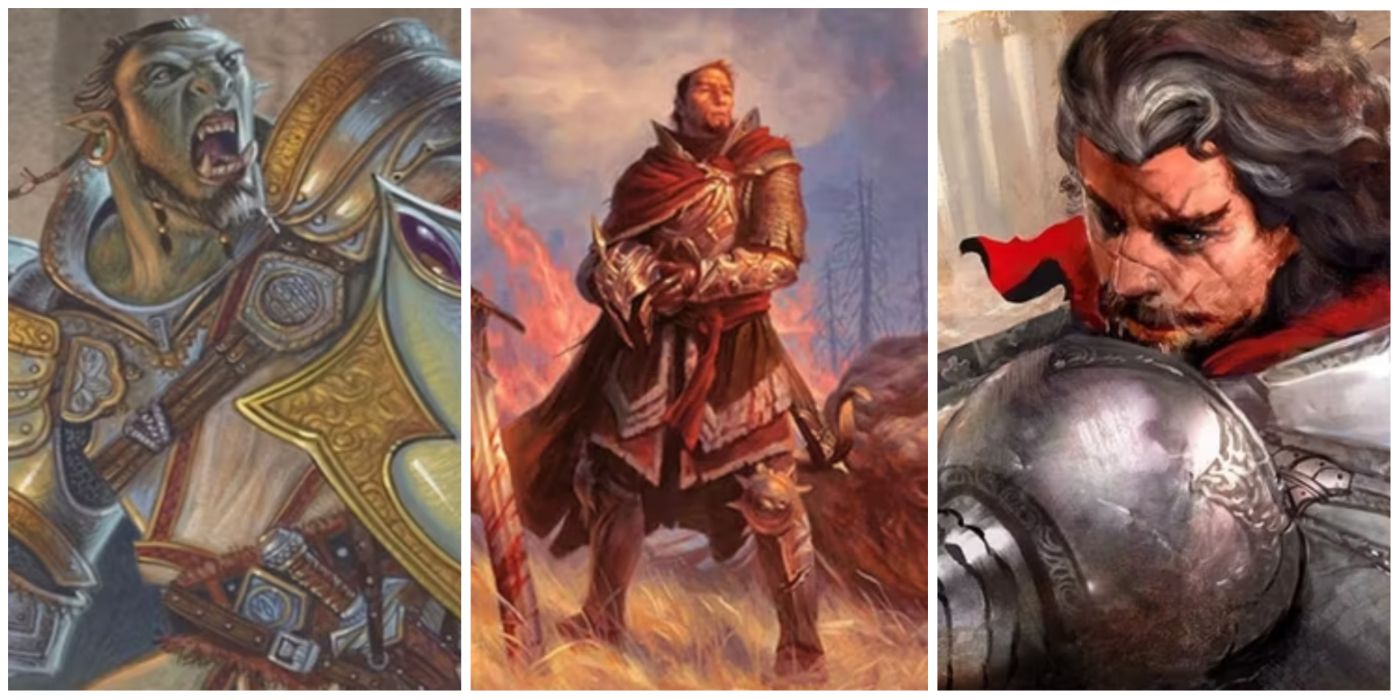
20 Best Feats For Paladins In D&D 5e, Ranked
In Dungeons & Dragons, feats are an invaluable asset in character customization. For the paladin, many feats offer a game-changing opportunity.Many of D&D 5e's best feats give characters new bonus action uses to avoid conflicting with their action. As mentioned before, Great Weapon Master, Crossbow Expert, and Polearm Master are some of the best examples of this. Charger is another feat that can let a D&D 5e character attack with their bonus action. However, it requires the player to charge with their action, limiting its viability for many builds. Tavern Brawler allows for grappling as a bonus action after an Unarmed Strike or improvised weapon attack.
Telekinetic is a standout feat for spellcasters in Tasha's Cauldron of Everything D&D 5e book. It lets a character perform a ranged shove as a bonus action, using one of Intelligence, Wisdom, or Charisma. A shove ordinarily uses an action and requires melee range. Pushing a creature five feet may not seem like much, but it can move them closer to melee fighters, away from fragile enemies, or even into environmental hazards. Since this is free to do every turn, it's one of the best feats for spellcasters without regular bonus actions.
Gift of the Chromatic Dragon is notable D&D 5e bonus action feat for martial fighters. Once per day, a character can use their bonus action to buff a weapon's damage by 1d4. This stacks with other buffs like class features and spell effects, without conflicting with a character taking the Attack action.
The Chef feat provides a rare supportive use of a bonus action from a feat. Chef's treats have to be eaten as a bonus action and grant a character temporary hit points. Notably, any character can eat them, not just the person with the feat.
The Knight of the Rose and Knight of the Crown D&D 5e feats from Dragonlance: Shadow of the Dragon Queen give different supportive uses of a character's bonus action. Knight of the Crown has a character order an ally to make a weapon attack with their reaction. Knight of the Rose gives one character a significant number of temporary hit points.
The Best Bonus Action Spells In D&D 5e
Unique Bonus Action Spells
|
Spell |
Level |
Class |
Source |
|
Far Step |
5th |
Wizards, Warlocks, Sorcerers, Bards (Magical Secrets) |
Xanathar's Guide to Everything |
|
Mass Healing Word |
3rd |
Clerics, Artificers |
D&D 5e Basic Rules |
|
Ashardalon's Stride |
3rd |
Rangers, Sorcerers, Wizards, Artificers |
Fizban's Treasury of Dragons |
|
Blade of Disaster |
9th |
Wizards, Sorcerers, Warlocks, Bards (Magical Secrets) |
Icewind Dale: Rime of the Frost Maiden |
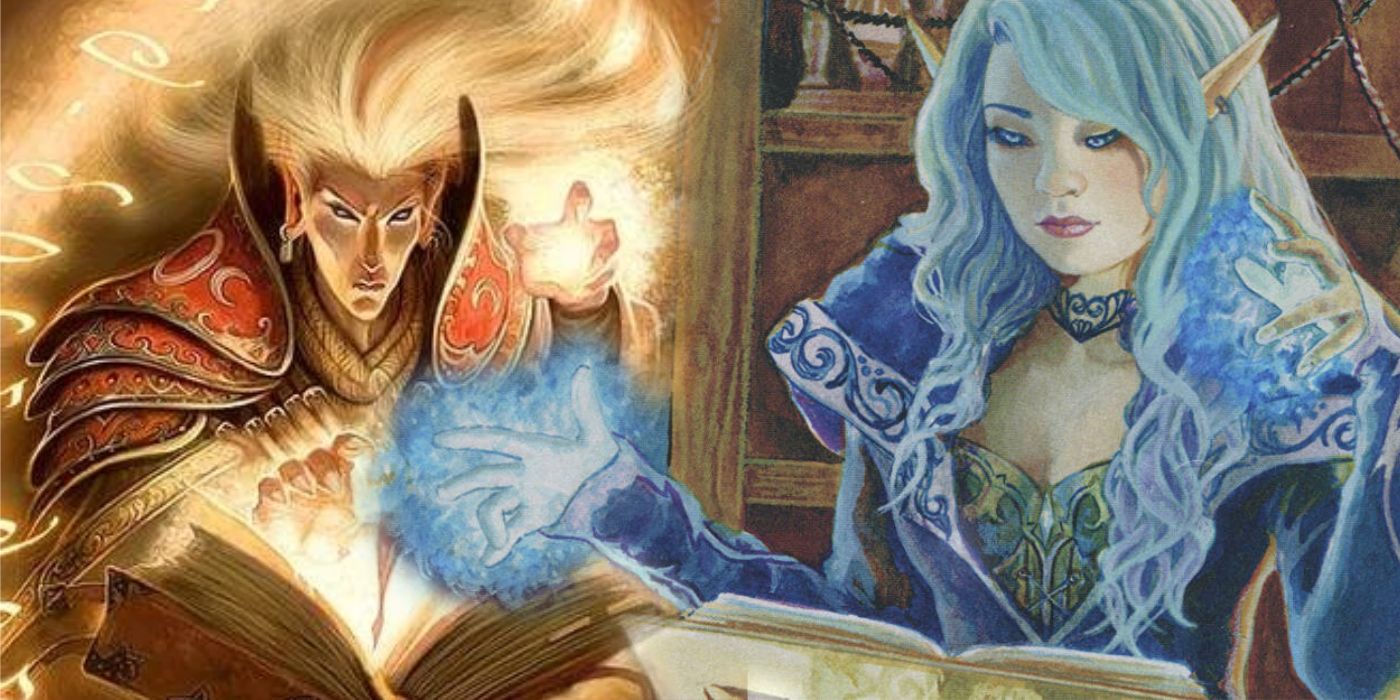
The 20 Most Powerful D&D Cantrips, Ranked
Cantrips are a Dungeons & Dragons spellcaster's bread and butter, and they cover a wide range of effects for both in and out of combat.Bonus action spellcasting does come with harsh restrictions in D&D 5e. Nonetheless, it's a vital part of any spellcaster's toolkit. There are bonus action spells for nearly any role a D&D 5e caster might want to fill.
Healing Word is one of D&D 5e's best healing spells. It can take an ally from unconscious to fighting fit for just a bonus action. Its healing isn't much, but it's enough to avoid death saving throws. This applies to its upgraded third-level version, Mass Healing Word. Shield of Faith and Sanctuary are more proactive support spells, making allies harder to target or hit without costing an action.
Bonus action spells can also bolster offense in D&D 5e. Hex and Hunter's Mark are similar spells that add 1d6 to each of a character's attacks or weapon attacks, respectively. They cost a bonus action so a character can use them and attack in the same turn for maximum effect.
Misty Step is one of D&D 5e's best combat spells for its bonus action cost, especially at low levels. It lets a character teleport thirty feet with their bonus action. This can cross dungeon obstacles, escape dangerous melee enemies, or bypass other targets to close with a fragile foe further back. Improved versions like Far Step are similarly valuable, albeit with different uses. In a similar vein, Ashardalon's Stride lights a fire under the feat of the caster, allowing them an additional 20ft of movement speed and negating attacks of opportunity against them. For the duration of the spell, coming within 5ft of a creature or object deals 1d6 fire damage once per turn. When cast at higher levels, movement speed increases 5 ft and an additional 1d6 fire damage is dealt per spell level.
Many D&D 5e spells can be reused with a bonus action on subsequent turns, regardless of what they cost to cast. Spiritual Weapon is the most iconic example, being a Concentration-free spell attack that can be cast as a bonus action. Bigby's Hand, Heat Metal, Flaming Sphere, and Blade of Disaster are similar, except for costing an action to cast initially.
Some of D&D 5e's best buff spells take a bonus action to cast, showing their value for spellcasting warriors. Spirit Shroud buffs every attack a character makes alongside a bevy of other benefits. Holy Weapon provides a significant buff to a single weapon. A D&D 5e paladin's smite spells like Wrathful Smite and Banishing Smite make their next attack much more effective.
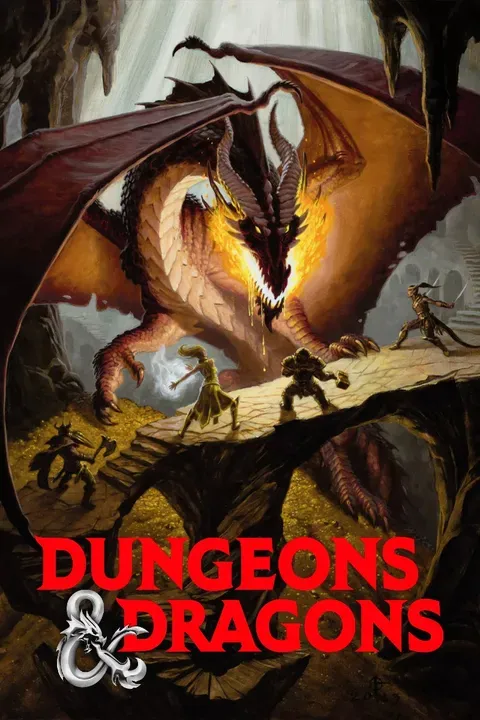
Dungeons and Dragons
A fantasy roleplaying tabletop game designed for adventure-seekers, the original incarnation of Dungeons & Dragons was created by Gary Gygax in 1974.
- Franchise
- Dungeons & Dragons
- Original Release Date
- January 26, 1974
- Publisher
- Wizards of the Coast , TSR Inc.
- Designer
- E. Gary Gygax , Dave Arneson
- Player Count
- 4-8 Players Recommended
- Age Recommendation
- 12+
- Length per Game
- 3 hours +
- Expansions
- Dungeons & Dragons 2nd Edition , Dungeons & Dragons 3rd Edition , Dungeons & Dragons 4th Edition , Dungeons & Dragons 5th Edition


